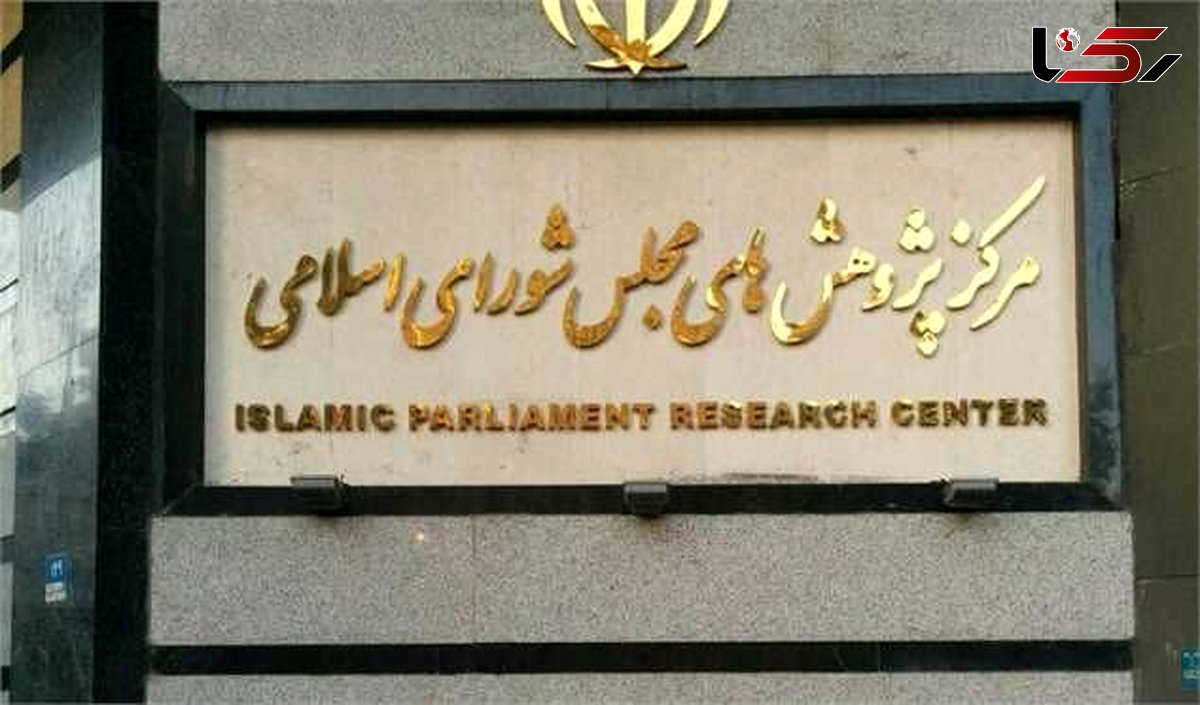Parliament Research Center Offers Clarification for Public Awareness and Reassurance Based on Facts
Unpacking an Ambiguity: The Snapback Mechanism in Simple Terms / Snapback: A Tool of Pressure or an Empty Threat?
Rokna Political Desk: In an effort to clarify public opinion and provide reassurance grounded in facts, the Parliament Research Center has released an analytical review of the “snapback mechanism,” presented in the form of simple and straightforward questions and answers.

According to Rokna’s parliamentary correspondent, citing the Public Relations Office of the Parliament Research Center, the snapback mechanism has emerged as one of the most significant issues in both Iranian and international news. Western governments, leveraging maximum economic pressure alongside an extensive media campaign targeting Iranian public opinion, are attempting to undermine Iran’s social resilience and psychological stability by invoking the snapback mechanism. In response, the Parliament Research Center has published a short report entitled “Strategic Analysis of the Snapback Mechanism”, structured as an accessible Q&A to promote public awareness and reassurance.
Part I: Introduction and Background
Question 1: What is the snapback mechanism and what is its purpose?
Answer: The snapback mechanism, defined in UN Security Council Resolution 2231, is a legal tool designed to reimpose sanctions automatically if one party to the Joint Comprehensive Plan of Action (JCPOA) is deemed to be in “significant non-performance.”
The process begins with a letter to the President of the Security Council. After 30 days, if the Council fails to adopt a resolution to “continue sanctions relief” (blocked either by inaction or by a veto from a permanent member), all previous UN sanctions are automatically reinstated.
Important Note: This mechanism only restores UN sanctions, not U.S. secondary sanctions. The latter—such as banking restrictions or bans on oil trade—are economic in nature and remain unaffected by snapback activation.
Question 2: Why has the European Troika’s attempt to trigger snapback been criticized?
Answer: The action taken by the European Troika (Germany, France, and the United Kingdom) has been condemned as an abuse of a legal process for geopolitical purposes, lacking both legal foundation and good faith.
Criticism is rooted in Europe’s own record: after the U.S.’s unilateral withdrawal from the JCPOA, European states neither fully honored their obligations nor resisted Washington’s sanctions. This inconsistency undermines their legitimacy in seeking to invoke the snapback mechanism.
Part II: Analysis of Consequences and Impacts
Question 3: Does snapback activation create new sanctions?
Answer: No. Snapback does not create new sanctions; it reinstates older UN sanctions, which focus on:
-
Prohibition of nuclear and missile-related equipment
-
Asset freezes on designated entities
-
Controls on dual-use items (goods with both civilian and military/nuclear applications, such as specialized electronic components and chemicals)
Question 4: What impact would snapback have on Iran’s economy?
Answer: The main impact would be tighter restrictions on sensitive technology exports, potentially complicating supply chains for strategic industries (nuclear, missile, military).
However, the risks are manageable:
-
Iran has advanced domestic capabilities in recent years to circumvent restrictions.
-
China and Russia have not consistently enforced such sanctions, providing Iran with breathing space.
These sanctions primarily affect large-scale industries and advanced technologies, not the daily cost of living or currency prices.
Question 5: Does the cargo inspection mechanism pose a serious threat to Iran?
Answer: No. The inspection framework faces significant legal and operational limitations:
-
States may only conduct inspections if “reasonable grounds” exist.
-
On the high seas, inspections require the consent of the vessel’s flag state.
Therefore, the snapback mechanism does not authorize maritime blockades or blanket seizures of Iranian vessels.
Part III: Response Strategy and Solutions
Question 6: How should Iran respond to snapback activation?
Answer: Iran should adopt a dual-track approach:
-
Integrated Defense Doctrine: encompassing political, economic, security, and social measures to blunt sanctions’ impact.
-
Legal/Political: Paralyze enforcement by challenging the mandate of UN sanctions committees and panels of experts, with the backing of China and Russia.
-
Economic: Enhance resilience by diversifying supply chains, deepening ties with strategic partners, supporting domestic innovation, and using bilateral settlement or barter mechanisms to bypass Western finance.
-
Security: Establish reciprocal deterrence against unlawful inspections or interventions.
-
Social/Media: Prevent public anxiety through education, clarifying the difference between UN sanctions and U.S. economic sanctions, and emphasizing that this is a technological rather than economic crisis.
-
-
Diplomatic Innovation Strategy: seize the 30-day window before sanctions snap back to present a new diplomatic framework centered on Iran’s national interests.
-
Reject Europe’s six-month extension proposal, seen as a diplomatic trap with no tangible economic benefit.
-
Present a counter-resolution with partners (notably China and Russia) that:
-
Recognizes Iran’s right to enrichment under the NPT.
-
Condemns military aggression and sabotage against Iran’s nuclear facilities.
-
Establishes a clear timeframe (3–5 years) to end cyclical bargaining.
-
Suspends the snapback mechanism to enable pressure-free negotiations
-
-
Part IV: Conclusion
Question 9: What message emerges from this analysis of the snapback mechanism?
Answer: The dispute over snapback is a test of Iran’s strategic acumen and national resolve. While Western governments seek to use it as a political maneuver to impose unfavorable conditions, the analysis shows its consequences are manageable.
Iran’s success will hinge on preparedness, proactive engagement, and avoiding passivity.
Send Comments